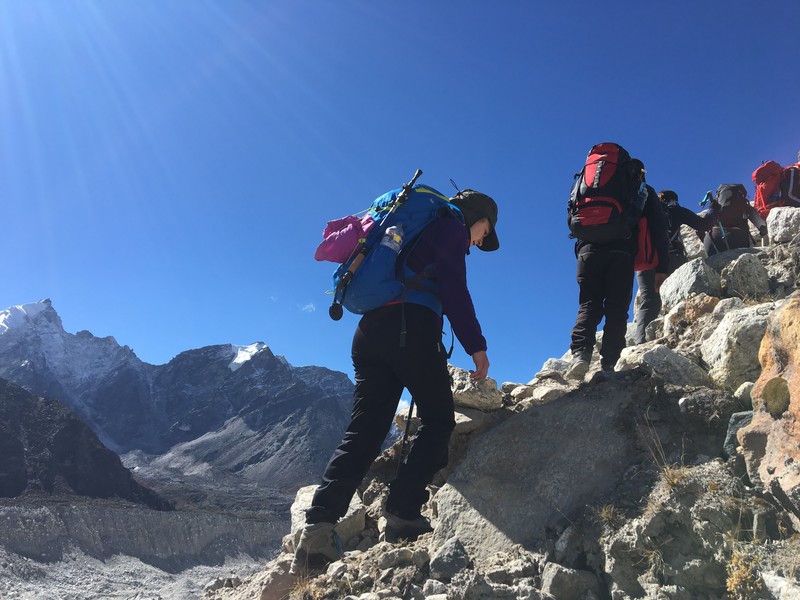Altitude, the height above sea level, offers breathtaking vistas and thrilling adventures. However, it also presents unique challenges and risks that demand respect and preparation. Let’s delve into the science behind altitude, its elements, risks, challenges, and valuable insights for those who dare to ascend.
1. Elements at Play
At higher altitudes, the air becomes thinner, containing less oxygen molecules per volume. This decrease in oxygen density poses a primary challenge to human physiology. Additionally, lower temperatures and atmospheric pressure variations further impact the body’s ability to function optimally.
2. Risks to Consider
Altitude sickness, a common concern, encompasses a range of symptoms from mild discomfort to life-threatening conditions like high-altitude pulmonary edema (HAPE) and high-altitude cerebral edema (HACE). Dehydration, hypothermia, and sunburn also pose significant risks in high-altitude environments.
3. Challenges of Altitude
Ascending to higher altitudes requires acclimatization, allowing the body time to adjust to reduced oxygen levels gradually. Failure to acclimatize properly can lead to altitude sickness and compromise safety. Moreover, physical exertion at altitude demands careful pacing to avoid overexertion and subsequent fatigue.
4. Insights for Adventurers
Preparation is paramount for altitude adventures. Prioritize physical fitness, hydration, and nutrition. Plan gradual ascents with ample rest days for acclimatization. Familiarize yourself with the symptoms of altitude sickness and know when to descend if necessary. Additionally, equip yourself with appropriate gear and clothing to mitigate cold and sun exposure.
5. Luxury Everest Base Camp Trek: A Unique Experience
Embark on the ultimate adventure with a Luxury Everest Base Camp Trek. Experience the awe-inspiring beauty of the Himalayas while enjoying the comfort and hospitality of luxurious accommodations. Indulge in gourmet meals prepared by expert chefs, relax in deluxe lodges with modern amenities, and unwind with spa treatments amidst breathtaking mountain vistas.
Our experienced guides, knowledgeable about the region’s culture and terrain, ensure a safe and unforgettable journey. From arranging permits and accommodations to providing expert guidance and support, we handle all logistics, allowing you to focus on the stunning landscapes and cultural richness of the Everest region. Join us for an exclusive trekking experience that combines adventure, luxury, and unparalleled hospitality in the heart of the Himalayas.
6. Insights for Adventurers
Preparation is paramount for altitude adventures. Prioritize physical fitness, hydration, and nutrition. Engage in regular cardiovascular and strength training to enhance your body’s oxygen utilization and endurance. Hydrate adequately before and during your ascent, aiming for at least 3-4 liters of water per day. Optimize your diet with high-energy foods rich in carbohydrates and lean proteins to fuel your body’s demands at altitude.
Plan gradual ascents with ample rest days for acclimatization. Ascend no more than 300-500 meters per day once above 2,500 meters. Take advantage of rest days to explore nearby surroundings and allow your body to adapt to the altitude.
Listen to your body’s signals and adjust your itinerary accordingly. If you experience symptoms of altitude sickness, such as headache, nausea, or dizziness, descend to lower elevations immediately.
Conclusion
Altitude exploration offers unparalleled experiences but demands respect for its challenges and risks. By understanding the science of altitude, preparing adequately, and heeding valuable insights, adventurers can embark on safe and fulfilling journeys to the world’s highest peaks. Whether it’s scaling Everest or trekking through the Andes, the thrill of altitude awaits those willing to embrace its wonders.




